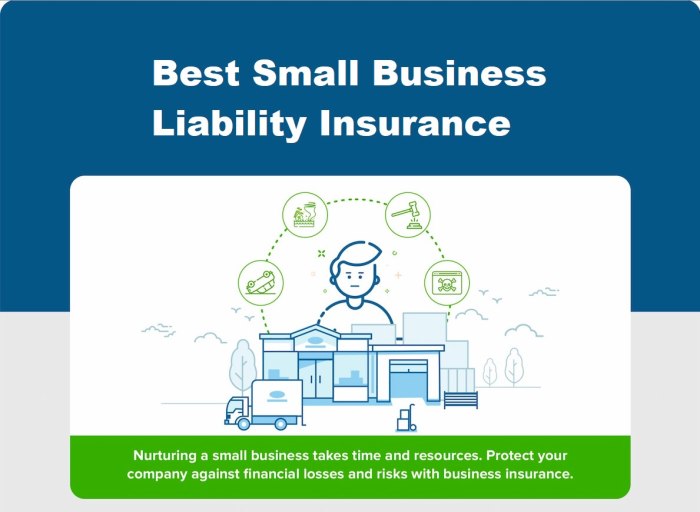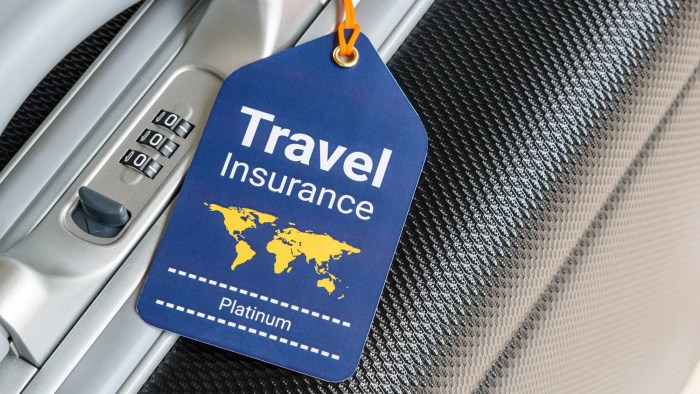Introduction to Early Retirement and Health Insurance

Early retirement refers to the decision to leave the workforce before the conventional retirement age, typically around 65 years old. This trend has been gaining popularity among individuals who want to enjoy their golden years while they are still in good health and have the financial means to do so.
One of the critical aspects that early retirees need to consider is health insurance coverage. As people retire early, they may no longer have access to employer-sponsored health insurance, leaving them to navigate the often complex and expensive individual health insurance market.
The Importance of Having Health Insurance Coverage for Early Retirees
Health insurance is crucial for early retirees as it helps protect them from the financial burden of unexpected medical expenses. Without adequate coverage, a serious illness or injury could quickly deplete their retirement savings, putting their financial security at risk.
Moreover, health insurance provides early retirees with access to essential healthcare services, preventive care, and prescription medications, ensuring they can maintain their health and well-being as they age.
Statistics on Early Retirees Without Health Insurance
According to a report by the Kaiser Family Foundation, approximately 15% of early retirees aged 50-64 are uninsured, compared to only 3% of those who are still employed. This highlights the vulnerability of early retirees who lack health insurance coverage and the need for proactive planning to secure adequate protection.
Options for Health Insurance Coverage
When it comes to health insurance options for early retirees, there are several choices available to consider. Each type of coverage comes with its own set of benefits and drawbacks, so it’s essential to compare and contrast them to find the best fit for your needs and budget.
COBRA
COBRA, or the Consolidated Omnibus Budget Reconciliation Act, allows you to continue your employer-sponsored health insurance coverage for a limited time after leaving your job. While COBRA provides continuity of coverage, it can be expensive as you are responsible for the full premium without employer contributions.
ACA Plans
ACA plans, also known as plans available through the Affordable Care Act marketplace, offer a range of coverage options with subsidies based on income. These plans provide essential health benefits and cannot deny coverage based on pre-existing conditions, making them a popular choice for early retirees.
Short-term Health Insurance
Short-term health insurance plans are designed to provide temporary coverage for gaps in insurance, such as during a job transition. While these plans offer lower premiums, they often have limited coverage and do not include essential health benefits required by the ACA.
Private Health Insurance
Private health insurance plans are offered by insurance companies outside of the ACA marketplace. These plans may offer more flexibility in coverage options but can be more expensive and may not provide the same level of consumer protections as ACA plans.
Considerations for Early Retirees
When it comes to selecting health insurance as an early retiree, there are several important factors to consider to ensure you have the coverage you need while staying within your budget.
Coverage Needs
Early retirees should carefully assess their healthcare needs, taking into account any pre-existing conditions or ongoing medical treatments. Consider what services and medications are essential for your health and make sure the insurance plan you choose provides adequate coverage for these needs.
Budget Constraints
It’s important to find a health insurance plan that fits your budget as an early retiree. Compare premiums, deductibles, and out-of-pocket costs to determine what you can afford while still maintaining comprehensive coverage. Look for plans with cost-saving options like health savings accounts or high-deductible plans.
Bridge the Gap
Early retirees often face a gap between employer-sponsored insurance and Medicare eligibility. Consider options like COBRA coverage, healthcare marketplaces, or short-term health plans to bridge this gap and ensure you have continuous coverage until you can enroll in Medicare.
Optimizing Coverage
To optimize your health insurance coverage while managing costs, consider factors like network providers, prescription drug coverage, and preventive care benefits. Choose a plan that includes your preferred healthcare providers and offers discounts on medications you regularly take. Take advantage of wellness programs and preventive care services to maintain your health and reduce long-term healthcare costs.
Case Studies and Success Stories
Exploring real-life examples of early retirees successfully navigating the health insurance landscape can provide valuable insights and inspiration for others in similar situations. Let’s delve into how different individuals or couples chose their health insurance plans and the outcomes they achieved.
Case Study 1: John and Sarah
John and Sarah, both early retirees in their 50s, carefully researched their health insurance options before retiring. They decided to opt for a high-deductible health plan coupled with a health savings account (HSA) to save on premiums and have a tax-advantaged way to cover medical expenses.
Despite initial concerns about the high deductible, they were able to manage their healthcare costs effectively by utilizing their HSA funds.
Case Study 2: Lisa
Lisa, a single early retiree, faced the challenge of finding affordable health insurance coverage after leaving her corporate job. She explored the health insurance marketplace and found a subsidy that significantly reduced her monthly premiums. By carefully comparing different plans and considering her healthcare needs, Lisa was able to secure a comprehensive health insurance policy that met her requirements without breaking the bank.
Conclusive Thoughts

As we conclude our exploration of health insurance for early retirees, remember that the key to a smooth transition lies in informed decisions and proactive planning. By understanding your options and considering all factors, you can pave the way for a healthy and worry-free retirement journey.
Frequently Asked Questions
What are the key factors early retirees should consider when selecting health insurance?
Early retirees should evaluate their coverage needs, budget constraints, pre-existing conditions, and network providers to ensure they choose a plan that meets their specific requirements.
How can early retirees bridge the gap between employer-sponsored insurance and Medicare?
Early retirees can explore options like COBRA or ACA plans to maintain coverage until they are eligible for Medicare. It’s essential to plan ahead and understand the transition process.
Are short-term health insurance plans a viable option for early retirees?
Short-term health insurance can provide temporary coverage for early retirees, but it’s crucial to understand the limitations and ensure it aligns with your needs during the transition period.











